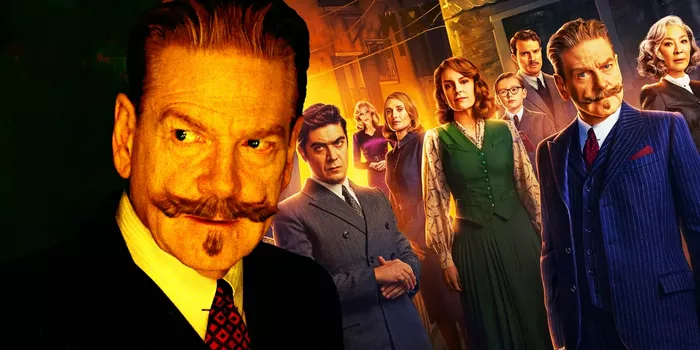In the realm of mystery novels, Agatha Christie’s Hercule Poirot remains an iconic figure, known for his brilliant deductive skills and uncanny ability to solve the most perplexing of cases. In “A Haunting in Venice,” Poirot’s retirement is interrupted by a series of mysterious murders in the picturesque city of Venice. As the story unfolds, readers are taken on a thrilling journey filled with twists and turns, culminating in a shocking revelation about the killer’s identity and motive.
The Unveiling of the Killer: Rowena Drake’s Dark Secrets
As the tension escalates and the body count rises in “A Haunting in Venice,” readers are left with a sense of unease and uncertainty. The enigmatic Rowena Drake emerges as a central character, and suspicions surrounding her motives and actions grow. In a spine-tingling revelation, it is ultimately revealed that Rowena Drake is the elusive killer responsible for the murders that have haunted Venice.
Rowena’s motive for these heinous acts is unveiled, and it strikes a chord of tragedy. Her actions were driven by a desperate need to prevent her daughter from leaving her. The depth of a mother’s love, twisted by fear and obsession, becomes a haunting theme in the novel. Rowena’s character is a testament to Christie’s ability to craft complex and multi-dimensional antagonists.
Ariadne and Vitale: Partners in Mystery-Solving and Profit
Throughout “A Haunting in Venice,” readers are introduced to two characters who play pivotal roles in the unfolding drama: Ariadne Oliver, a well-known crime novelist, and Vitale, a detective in Venice. While Poirot is the star detective, Ariadne and Vitale work together to both profit from Poirot’s presence and solve the case for their own closure.
Ariadne Oliver’s presence adds a layer of metafiction to the story, as she is, in fact, a recurring character in Agatha Christie’s own novels. Her collaboration with Vitale and her unique perspective as a writer of mysteries contribute to the novel’s intrigue. Their alliance underscores the idea that solving a murder mystery can be both a personal journey and a business endeavor.
A Sequel Beckons: Poirot’s Return from Retirement
As the final pages of “A Haunting in Venice” unfold, readers are left with a tantalizing hint of what’s to come. Hercule Poirot, who had retired from detective work, decides to come out of retirement, driven by his insatiable passion for solving mysteries. This decision sets the stage for a potential sequel, suggesting that Venice may not be the last city to witness Poirot’s brilliant deductions.
Poirot’s return from retirement is a testament to the enduring allure of Christie’s beloved detective. It leaves readers eager for more adventures and mysteries to unravel alongside the iconic sleuth. While the novel’s conclusion provides closure for the current case, it also invites speculation about the challenges and enigmas that await Poirot in the future.
In Conclusion: “A Haunting in Venice” Ending Explained
“A Haunting in Venice” delivers a riveting conclusion that ties together the threads of mystery, murder, and motive. Rowena Drake’s shocking reveal as the killer, driven by her maternal instincts turned sinister, adds a chilling layer to the narrative. The collaboration between Ariadne Oliver and Vitale offers a fresh perspective on detective work, blending the personal with the professional.
Most notably, the novel’s ending hints at the possibility of future adventures for the indomitable Hercule Poirot. As he emerges from retirement, readers can anticipate more thrilling mysteries to unravel, reaffirming Agatha Christie’s enduring legacy as the Queen of Mystery. “A Haunting in Venice” not only provides closure to its current case but also leaves the door wide open for the next captivating chapter in the world of Hercule Poirot.

